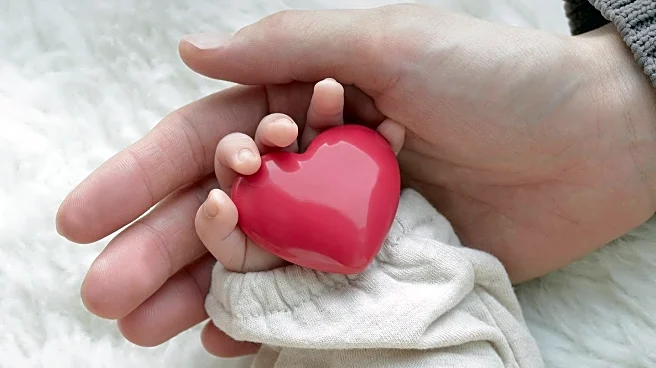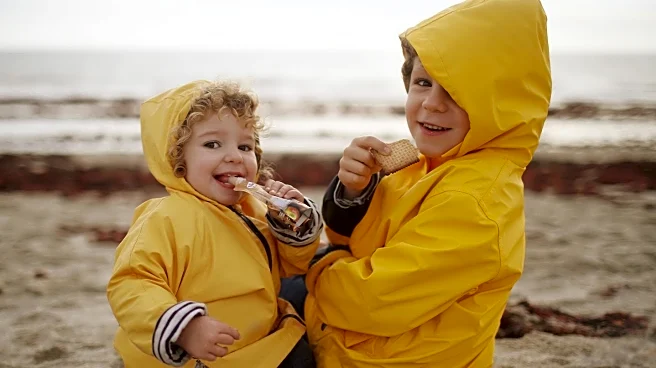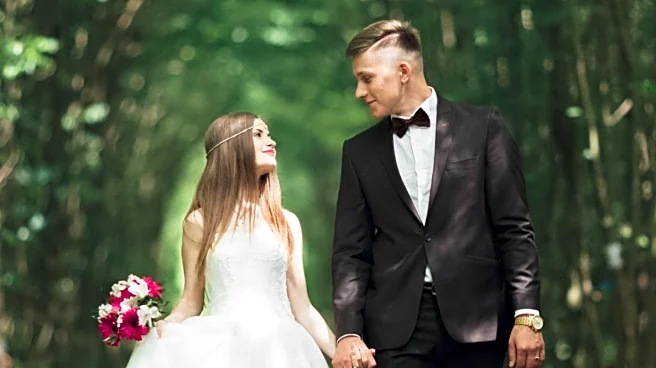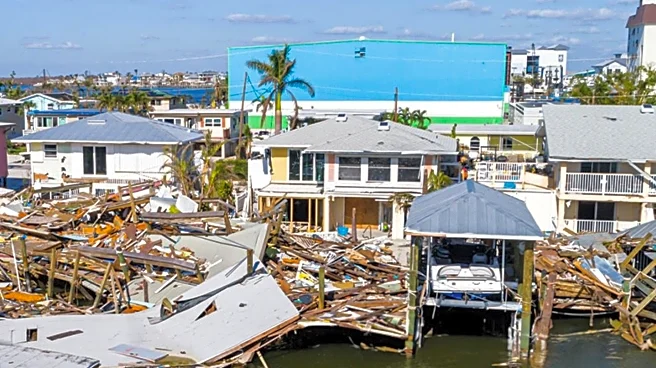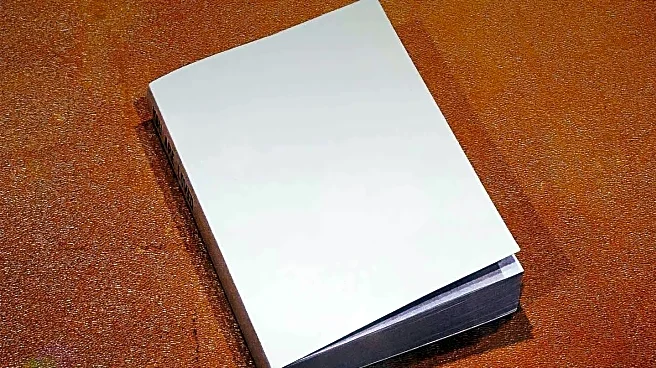What's Happening?
A woman shares her personal story of losing her husband to cancer at the age of 35 and the unexpected inheritance of family bonds with her in-laws. Initially, she believed that distancing herself from her husband's family was necessary for healing. However, as she navigated grief and the challenges of widowhood, she found comfort and support in her in-laws, who became a second family. This relationship evolved over time, with her in-laws embracing her as a daughter, providing emotional support and guidance as she rebuilt her life. The story highlights the complexities of grief, family dynamics, and the unexpected ways in which relationships can evolve after loss.
Why It's Important?
This narrative underscores the importance of family and community support in the grieving process. It challenges the notion that moving forward requires severing ties with the past, illustrating how maintaining connections can provide stability and healing. The story also highlights the role of empathy and understanding in fostering strong familial bonds, even in unconventional circumstances. For those experiencing similar losses, it offers hope and insight into the potential for new beginnings and the power of love and acceptance in overcoming adversity.
What's Next?
The author continues to navigate her journey of healing and rebuilding her life, now with the support of her in-laws and a new partner. This ongoing process involves balancing past memories with new experiences, integrating her adopted family into her life, and embracing the future with optimism. As she moves forward, she may face challenges related to blending families and maintaining relationships, but her story suggests that with open communication and mutual respect, these obstacles can be overcome.
Beyond the Headlines
The story raises broader questions about the nature of family and the ways in which relationships can transcend traditional boundaries. It invites reflection on the societal norms surrounding grief and the expectations placed on individuals to 'move on' after loss. By sharing her experience, the author contributes to a larger conversation about the diverse forms of family and the importance of emotional resilience and support networks in times of crisis.
